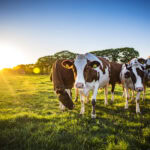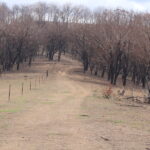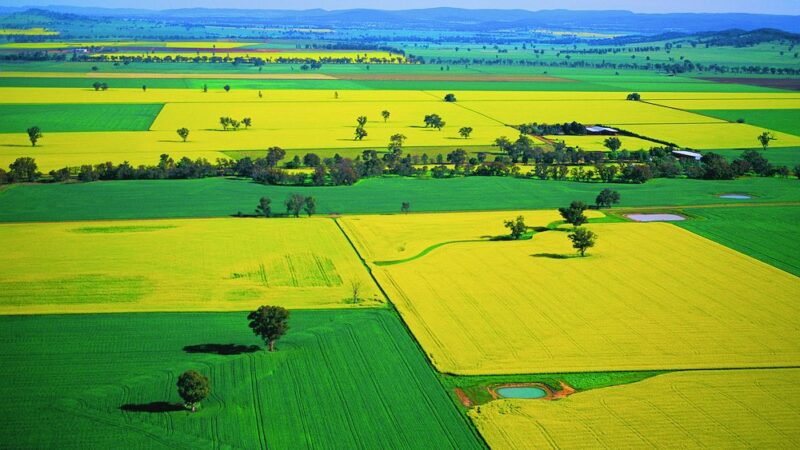Woolworths will end the 10 cents a litre drought levy in June that has supported…
Preparing for the next drought
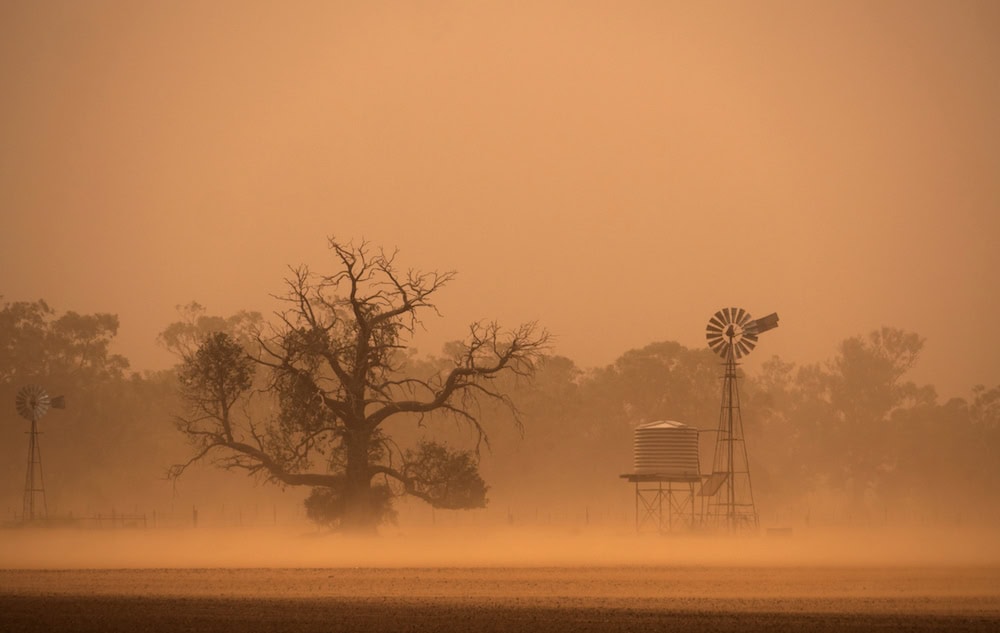

On March 10, the National Oceanic and Atmosphere Administration placed farmers across the nation on notice when it announced in its monthly analysis that La Ni�a has ended.
The phase of the eastern Pacific Ocean that typically brings rain and floods to eastern Australia, La Ni�a�s demise after three consecutive years means the weather is returning to a near-average state of cloud and rain. It also means the door is now open for the Pacific�s opposite phase, El Ni�o, which can bring drought to eastern Australia. The question on everyone�s lips, then, is how long have we got to go until the next big one?
�It�s such a complicated question,� says Hugh McDowell, a senior climatologist at the Bureau of Meteorology in Sydney. �Drought depends on soil moisture, the health of river systems and so many variables, so we don�t forecast drought. What we do is report on rainfall deficiencies. The NSW Government then studies our reports and decides if it�s drought or not.
�Our longest-range forecasts,� Hugh explains, �are three or four months. Right now, we�re forecasting unusually dry conditions for June and July. We�re already starting to see spots of serious to severe rainfall deficiencies and below average rainfall in northeast NSW, and below average soil moisture in those areas.
�Our long-range forecasts for unusually dry conditions are about 60 per cent to 70 per cent accurate and they�re getting more accurate over time,� he explains.
�But we still can�t tell you anything about how much rain we may or may not have next summer, as we don�t forecast that far ahead. So, if a farmer asked me when is the next multi-year drought, I would tell them I don�t know. But I would also tell them it�s inevitable at some point. So, it�s best to start preparing now.�
�If a farmer asked me when is the next multi-year drought, I would tell them I don�t know. But I would also tell them it�s inevitable at some point. So, it�s best to start preparing now.�
Hugh McDowell, Senior climatologist, Bureau of Meteorology
With that advice in mind, we spoke to three senior researchers at the CSIRO�s Drought Resilience Mission looking for new ways to reduce the impacts of drought on agriculture. We asked them one basic question: how can farmers start preparing for the next drought now?
Genetic selection for destocking
�Our overall message is that you prepare for drought outside of drought, because nearly anyone who has a plan, regardless of how good it is, will be in a better place when it�s dry than those who are just doing what they have always done,� says Dr Sabine Schmoelzl, group leader at the CSIRO�s livestock and aquaculture program, who has been studying livestock reproduction for the past 10 years.
�A lot of people say: �I�m too busy to make changes�, but the reality is that drought is a really stressful time for farmers, especially livestock farmers who do not want to see their animals suffer or have to make a lot of tough decisions and being prepared for that is essential.�
Sabine says livestock systems are so complex no two drought resilience strategies are the same. �For many farmers what works well is being very conscious about how much feed they have and how much livestock they can carry, and as soon as that changes to start destocking,� she says.
�Destocking brings an influx of capital that farmers can use to set up their property to be more efficient for feeding the animals they keep, or as a stash to buy back better animals when the drought breaks and improve the genetic value of their herd. That�s what we are currently exploring. Our team is collecting data and modelling different destocking scenarios, looking at the consequences of strategy and comparing the data to different approaches.�
Most livestock farmers in Australia still can�t access the information needed to select animals using genetics. But that is quickly changing, Sabine says: �In recent years, new genetic selection tools have become available that are specifically geared towards commercial producers and are not too complex to use. All you need to do is collect a skin sample and send it away. The cost has to be taken into consideration and it is still not available for every single breed. But it gives you so much more information than you had before.�
�Where I think we could be more innovative is on the financial side, and the ability to commercialise weather risk at wholesale rates for weather derivatives or weather certificates.�
XAVIER MARTIN, NSW Farmers President and grain farmer
The sweet spot in your soil
Dr Lindsay Bell, a principal research scientist at the CSIRO�s agriculture and food program, is conducting a series of long-term experiments on different cropping strategies at seven different grain farms across northern NSW and southern Queensland.
�One of the key things we have learned is that knowing the amount of water in your soil should be a critical element of decision-making for your cropping system,� he says.
�If a crop does not have enough moisture available in the soil, it will not convert that water very efficiently into grain. In other words, you need a minimum amount of soil water to successfully turn water into grain. So, if our certainty of getting rain in the next season is going down, it gets far more important to understand how much water is in the soil before we plant a crop.�
There are several ways farmers can measure soil moisture, Lindsay says, starting with simple DIY probes and apps that can give you a �good� measure, to more sophisticated sensing technologies that are installed permanently or specialist service providers who visit your farm and present detailed reports.
The challenge for most farmers, Lindsay explains, is to get more water into their soil. You can�t achieve that by pumping water into it: �The only way to accumulate soil moisture is to follow your soil with the residue of your last crop for longer periods � but not for too long.
Our research shows there�s a sweet spot. If you fallow for too long and wait for a great deal of water to accumulate, the result will be less efficient and you lose moisture to evaporation. But if you are too aggressive with your planting, the result will be less efficient as well. It�s about finding the sweet spot and most of our research shows you need 100mm to 150mm of soil moisture for most crops. Summer crops are at the top of that range � you want 150mm for wheat, and around 100mm is around the right height.
�Ultimately it�s about understanding how much moisture is in your soil before you plant, and creating a reservoir of soil moisture you can bank on that is less vulnerable to seasonal conditions like drought,� Lindsay says.
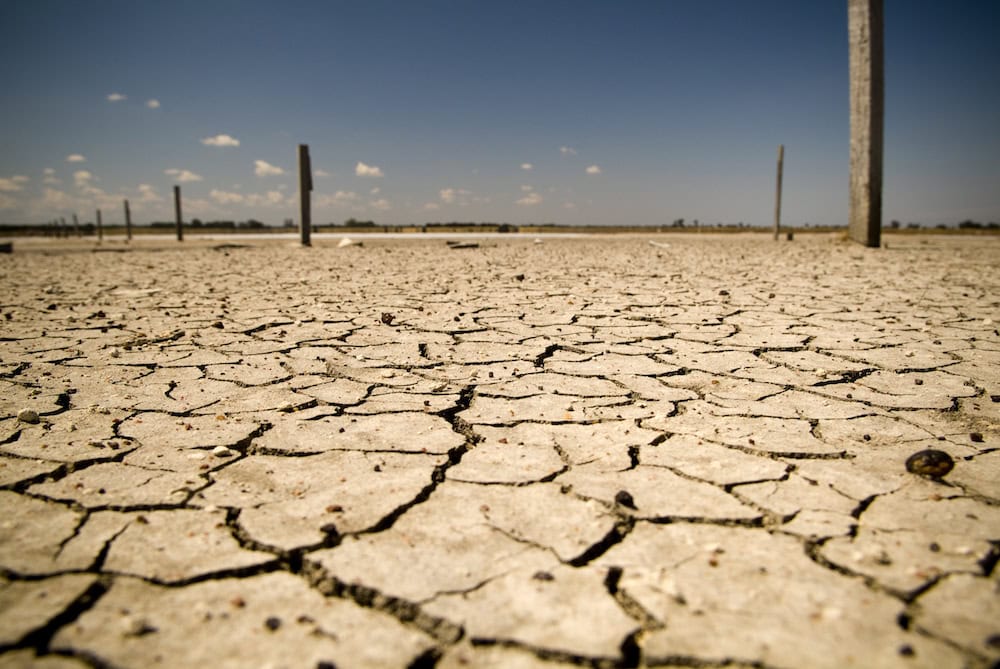
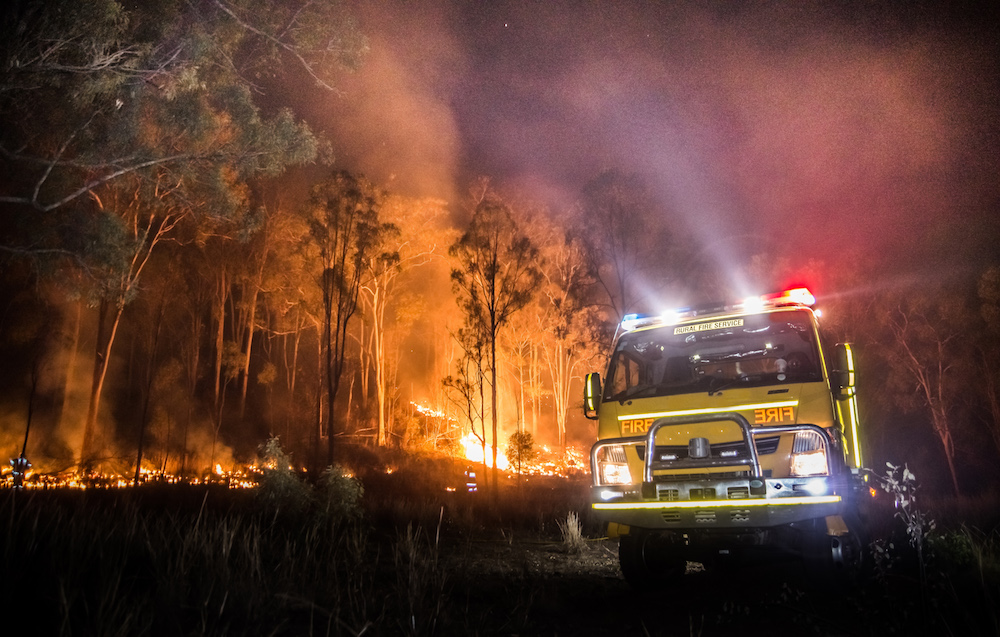
An online crystal ball
�We know farmers can�t prepare for everything, but we also know it�s more likely to be drier than average in South Australia in the future. By preparing for drought, you are stacking the odds in your favour,� Dr Graham Bonnett, interim leader of the CSIRO�s Drought Resilience Mission.
Graham has spent much of the past two years overseeing the development of Climate Services for Agriculture � a new online tool that allows farmers to �explore their climate future�. A prototype is already live at climateservicesforag.indraweb.io/explore.
�It�s a way for farmers to look ahead at what the future may bring by showing representations of future climate predictions under various scenarios,� he explains.
�And we�ve designed it in such a way so that you can look at particular aspects of the climate in their locality and see how it might their enterprise.
�It also shows historical weather patterns for the last two 30-year periods. So, if you are growing wheat, you can see how rainfall has changed in the past and how it might change in the future. And it�s not just for crops but for animals, too.�
Graham also spoke of an interesting new drought solution called water banking.
�We�re working with scientists at various demonstration sites across northern NSW to see if this is a good way to manage drought,� he says. �The idea is to take water in wet years when it is in abundance and store it underground.
�One of the main reasons it hasn�t been done in Australia yet,� he says, �is legislation. In NSW, above-ground and below-ground water are managed separately, so you may not have the rights to it if it�s underground. It�s one of the many things that needs
to be worked on.�
Graham has a final piece of sound advice: �Our predictions may not be right every season, but they�ll be right the majority of the time. That means if you plan accordingly, you�ll end up making the right decisions most of the time.�
Betting on the weather
NSW Farmers President and Mullaley grain farmer Xavier Martin said farmers have learned to be more innovative in drought preparedness on the farm, thanks to the work of research groups like the CSIRO.
�Farmers have had to get better at it, not only to sustain their family businesses but to meet societies expectations that our herds and flocks will be fed,� Xavier said.
�We are volunteers in the landscape. We are trying to harness the weather and the soil to produce food and clothing, and we do a very good job at that.
�Where I think we could be more innovative is on the financial side, and the ability to commercialise weather risk at wholesale rates for weather derivatives or weather certificates.�
Weather derivatives are financial products that derive their values from other more basic variables, such as temperature, precipitation, wind, heating degree days and cooling degree days.
They differ from insurance, in that insurance requires a demonstration of loss, whereas weather derivatives require no demonstration of loss, but rather provide protection from the uncertainty in normal weather or climate.
Xavier said they effectively transfer risk from those who are involuntarily exposed to unwanted risk to those who voluntarily trade in risk management.
�Whether you are growing grapes, milking cows or harvesting a sunflower crop, you can tailor your weather risk.�
�While current retail options might not look like they are cost effective, there are options to promote a wholesale scheme for nation like Australia that has dry risk.�
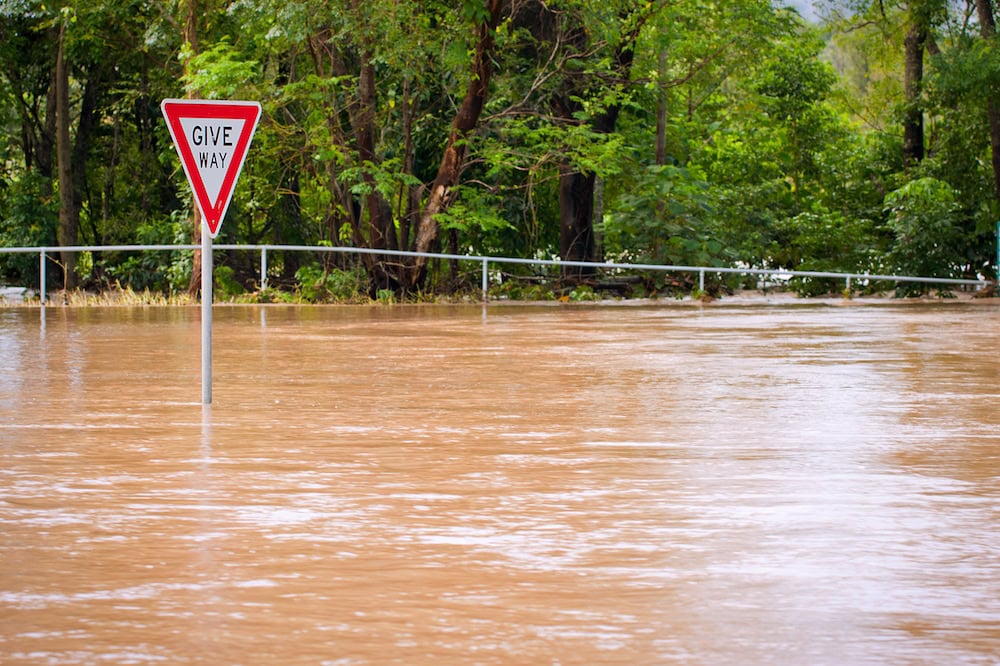
Weathering the storm
Farmers President and Mullaley grain farmer Xavier Martin says that farmers have learned to be more innovative in frought preparedness thanks to research groups like the CSIRO: �Whether you are growing grapes, milking cows or harvesting a sunflower crop, you can tailor your weather risk.”


